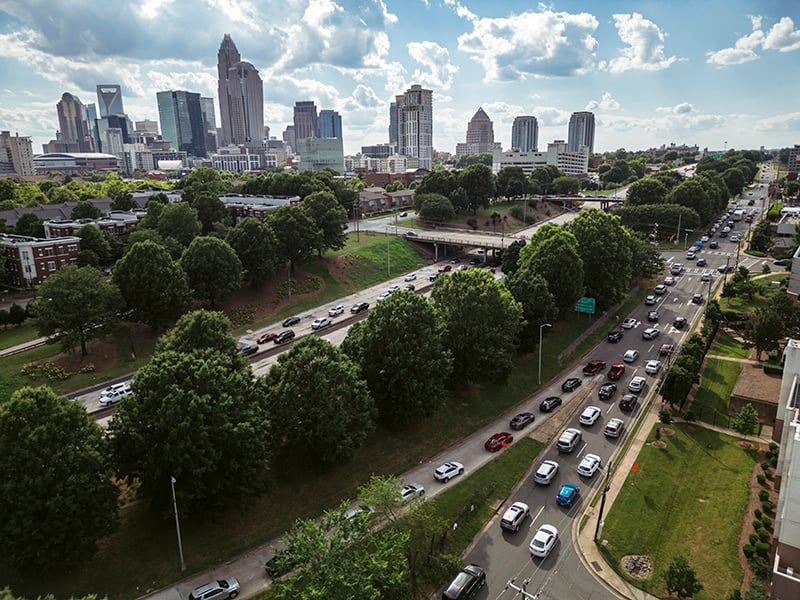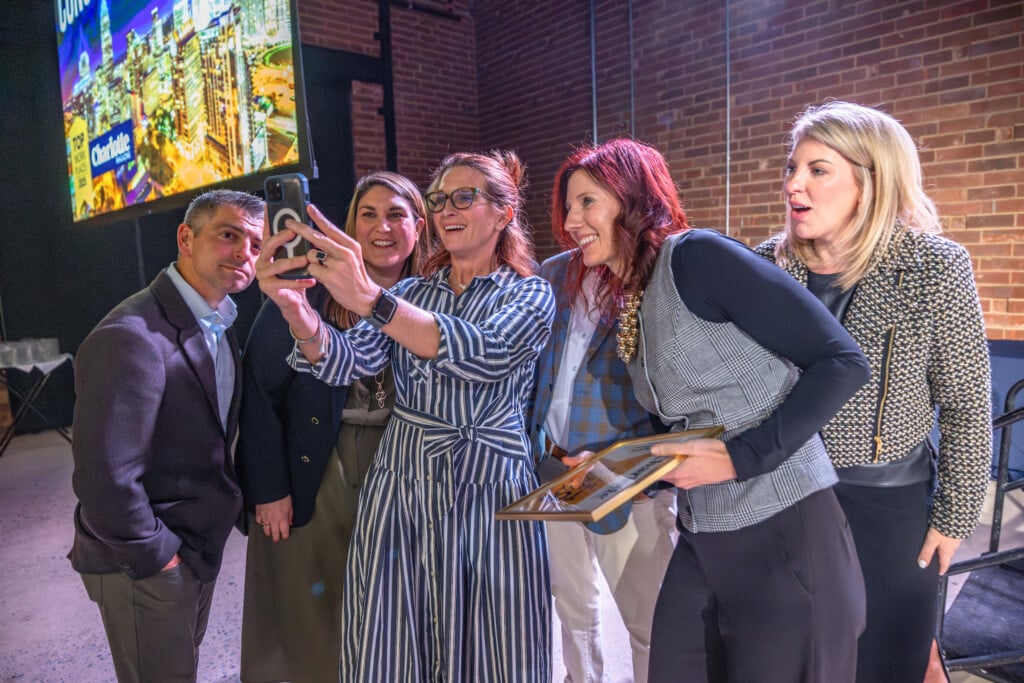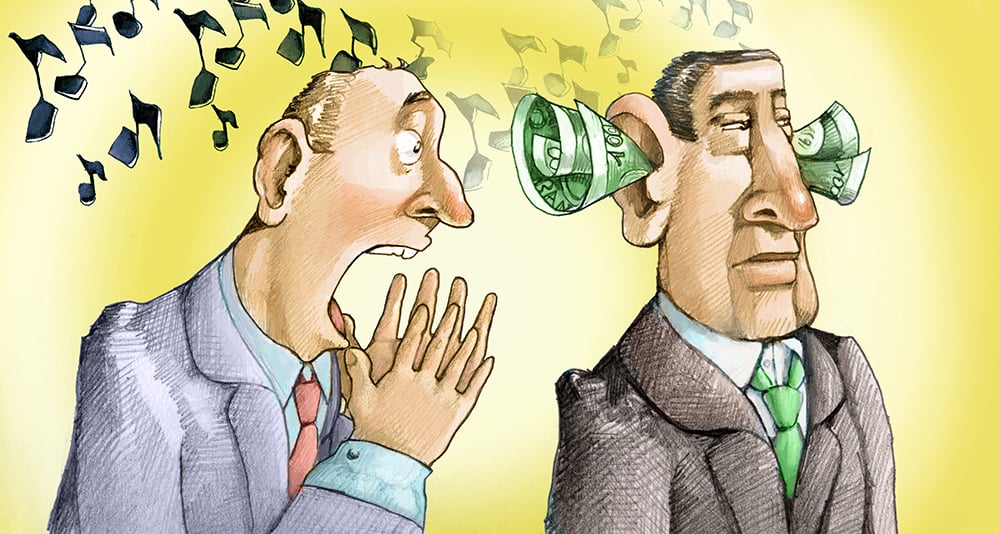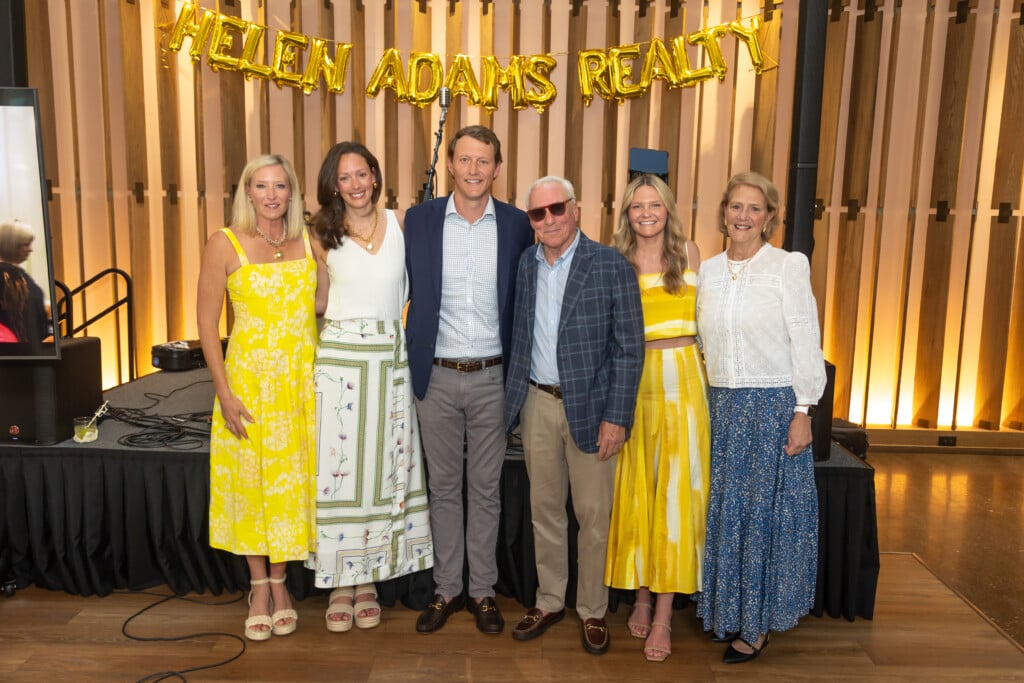The Road To A Transportation Overhaul In Charlotte
A breakdown of the pivotal one-cent sales tax referendum and what the penny would pay for

Mecklenburg County voters will decide next month whether to approve a new sales tax—one that would generate billions over 30 years to pay for what local officials say are badly needed transportation projects.
Chief among them: the Red Line, a long-planned, 25-mile commuter rail project that would link uptown Charlotte and Mooresville, with stops in downtown Huntersville, Cornelius, and Davidson, and others in the Lake Norman area. But the new tax would also fund a host of road, sidewalk, bus, and microtransit projects. They’re all intended “to build a reliable transportation infrastructure that meets our current mobility needs and prepares us for a future where we shine as one of the most accessible, culturally distinct, and economically thriving regions in the country,” according to City of Charlotte planners.
Of course, that comes at a cost. Here are the basics.
How Much Money?
The one-cent tax would raise the county’s sales tax rate from 7.25% to 8.25%.
It would raise as much as $330 million in its first year and $19.4 billion over 30 years:
- $7.8 billion for road improvements
- $7.8 billion for new rail lines
- $3.8 billion for expansion of Charlotte Area Transit System’s bus routes, including microtransit
70% of that money would come from Mecklenburg residents and businesses. An additional $5.9 billion would come from the federal government and other sources.
What Would It Pay For?
Rail
- Red Line
- Completion of the Gold Line Streetcar Phase 3 linking Eastland and Rosa Parks Place Community Transit Centers
- Silver Line linking the Bojangles Coliseum area and Charlotte Douglas International Airport
- Extension of the existing Blue Line further south to Pineville
Roads
Charlotte’s Transportation Investment Plan, adopted in January, details assorted road and street improvements in 22 Strategic Investment Areas throughout the city. Mecklenburg County and the municipalities outside Charlotte (Cornelius, Davidson, Huntersville, Matthews, Mint Hill, Pineville, and Stallings) have their own projects, to be overseen by a regional transportation board.
Bus and Microtransit
Enhancements to bus routes that, within five years, would mean a 15-minute frequency for 60% of riders and 30-minute frequency for all others; and curb-to-curb, on-demand microtransit in 100 square miles throughout Charlotte. It also would improve more than 2,000 bus stops in Charlotte over the next decade.
How Would The Tax Affect Me?
It’s projected to increase the average household’s expenses by $20 per month, $240 per year.





